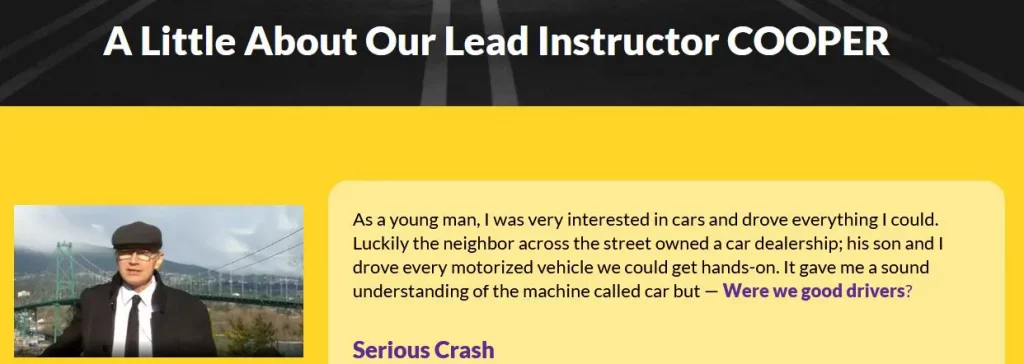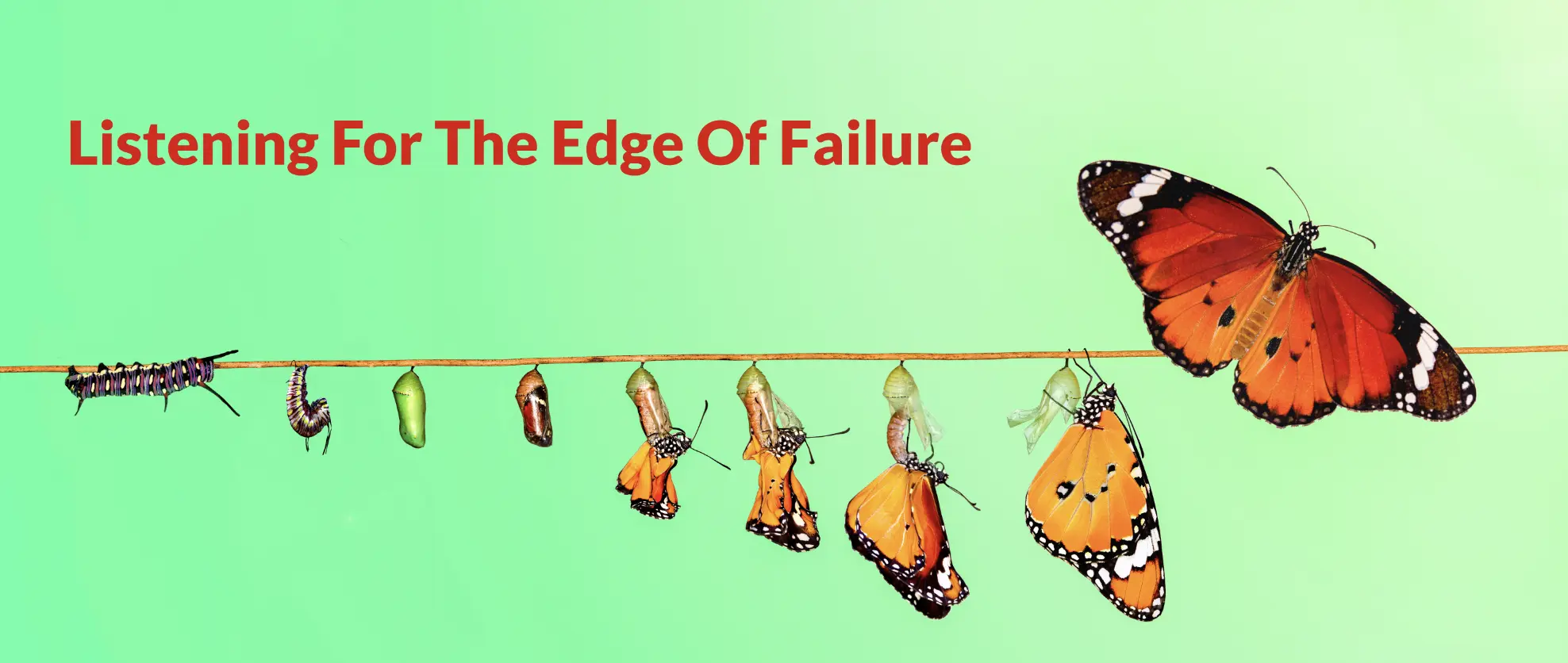Change is Hard.
Quitting smoking.
Adapting to a new job.
Moving in with someone.
Starting or ending a relationship.
Even breaking in new shoes.
Change comes in many forms:
- Improvement.
- Staying the same.
- Getting worse.
We all want improvement.
Change can be exciting, but it also brings frustration, confusion, and fear.
Learning to drive a car brings all these challenges—and more.
As your guide, it’s my job to help you navigate these changes, both the positive and the difficult ones.
And yes, there’s pressure on me to ensure you improve. Call it what it is: a push.
The Dilemma We Both Face when Learning To Drive
How much should I push?
How much change can someone handle?
How fast do you want to change?
How fast can you actually change?
And most critically:
How do I handle it when we cross the line—standing at the Edge of Failure—only for everything to collapse?
I’ve lived with this struggle.
Growing up with learning difficulties, I faced a family that refused to accept failure or struggle.
Their version of “push” was harsh and unrelenting, often paired with cruel words: Succeed, or else.
It taught me that learning often begins where comfort ends.
Discomfort forces growth, while comfort allows stagnation.
But this is a continuum.
My job isn’t to throw you into discomfort—it’s to listen for the Edge of Failure, guide you toward it, and sometimes even cross it.
Why is this important?
Because learning often involves a pivotal moment of change—a breakthrough, an AHA! moment.
When it’s positive, it feels amazing. But when it’s not, it can bring intense frustration. Imagine facing that while driving a 2000 kg car, under the scrutiny of dozens of eyes, and enduring the honks of impatient drivers.
Anger might bubble up.
You might flip a middle finger at the honk behind you.
And then—shame.
But here’s the truth: Success is just around the corner if you stay the course and push through the struggle. You only fail if you give up.
Some do give up.
Some blame and move on to another instructor.
And when that happens, I’m left with my own feelings of shame and failure.
Teaching Driving Is Both a Science and an Art.
There are technical, emotional, and social elements to helping others navigate change.
But above all, it’s about Listening for the Edge of Failure.
If we find it—and work with it—true progress becomes possible.
— Cooper
What is a Good Driver? Really? Cooper Asks
Did you talk about any of this in your driving lesson?







Comments are closed